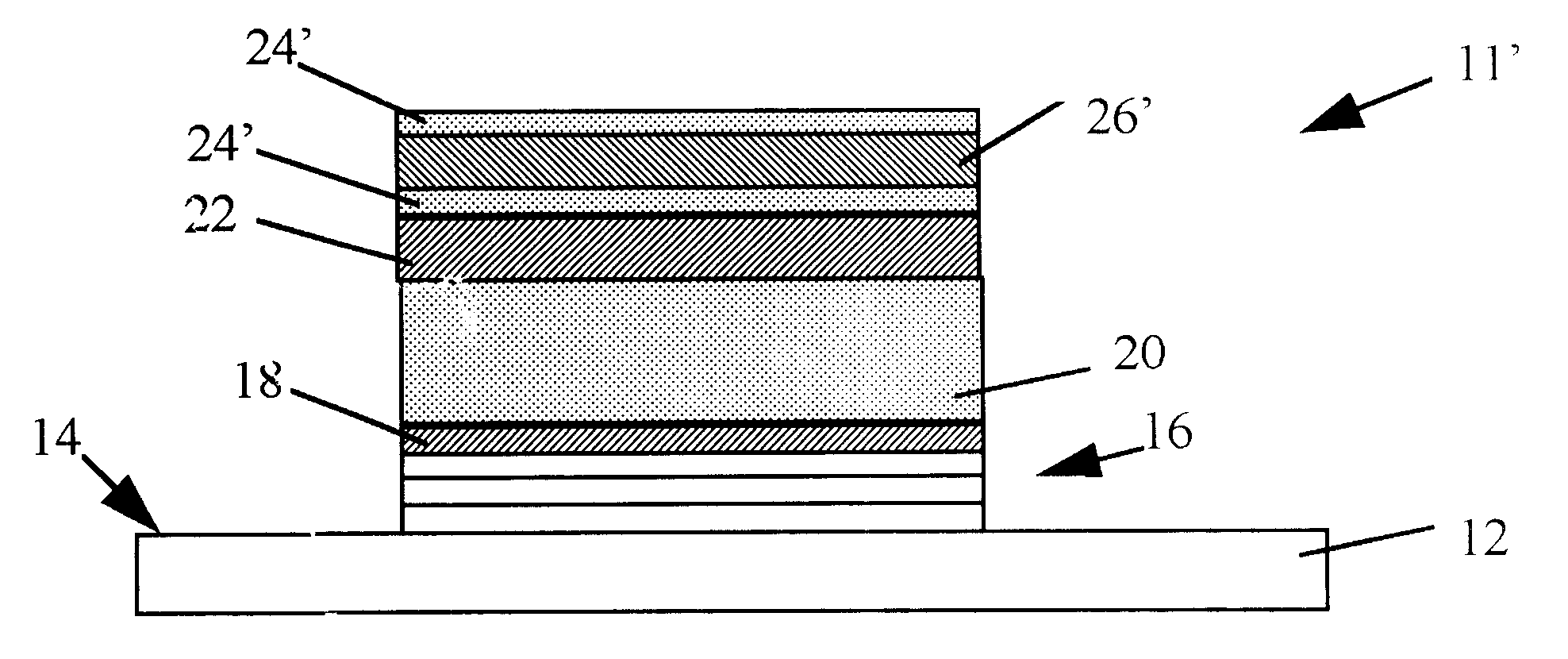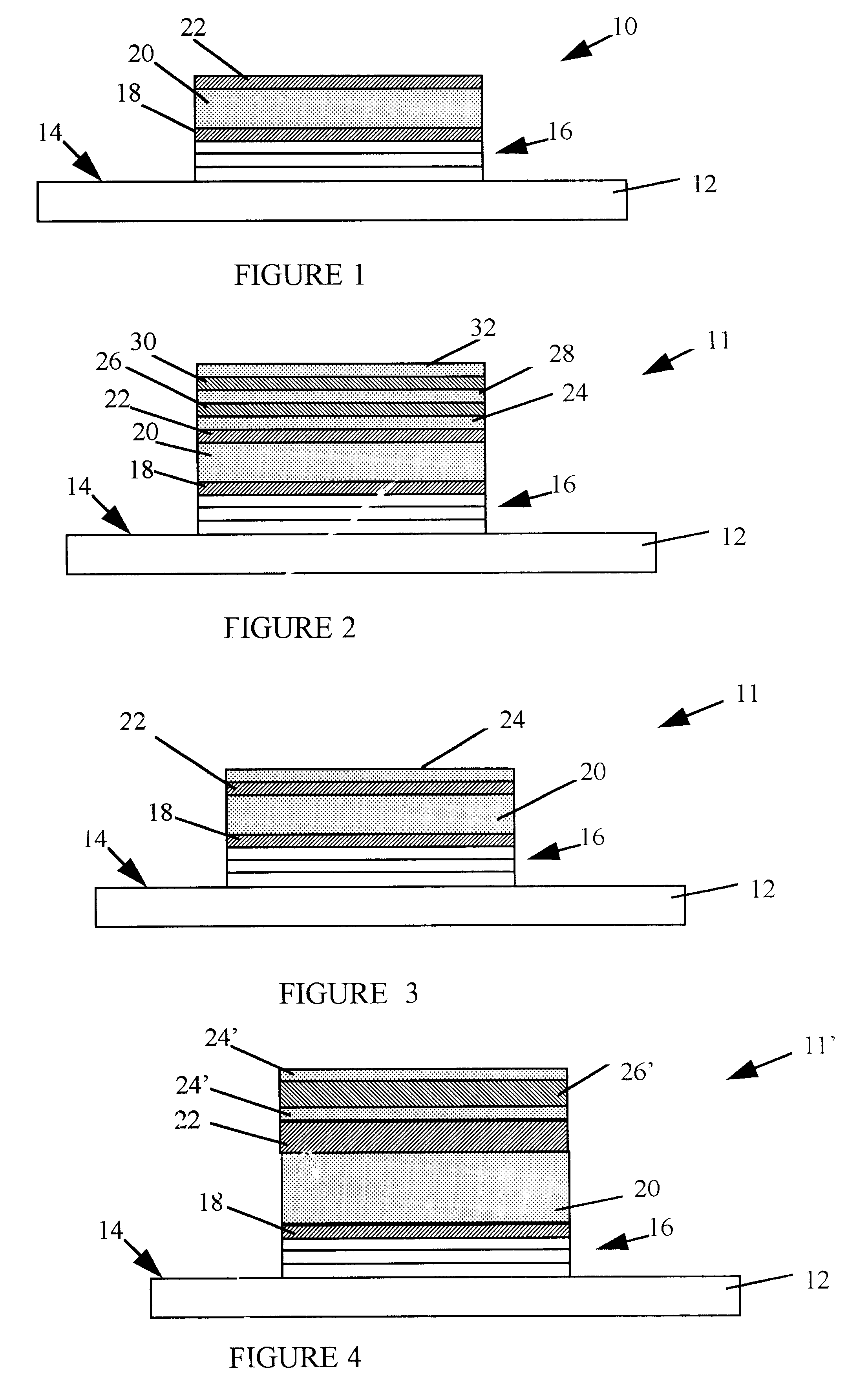Incremental tuning process for electrical resonators based on mechanical motion
a technology of mechanical motion and electric resonators, applied in the field of electric resonators, can solve the problems of severe limitations in the size and cost of the components contained in the electronic components, and the method is not, however, without, to achieve the effect of improving the control of the deposition area
- Summary
- Abstract
- Description
- Claims
- Application Information
AI Technical Summary
Benefits of technology
Problems solved by technology
Method used
Image
Examples
Embodiment Construction
)
Throughout the following detailed description, similar reference characters refer to similar elements in all figures of the drawings. Depending on the thin film materials used, additional layers of insulation, protective films, encapsulation, etc. may be required and all such layers and films have been omitted herein for simplification and better understanding of the invention. The specific structure and fabrication method illustrated is for exemplary purposes only and other methods of fabricating a resonator and or filter in accordance with the present invention can be devised including but not limited to substrate etching, adjustment layers, reflecting impedance matching layers, etc. U.S. Pat. No. 5,373,268, issued Dec. 13, 1994, with the title "Thin Film Resonator Having Stacked Acoustic Reflecting Impedance Matching Layers and Method", discloses a method of fabricating thin film resonators on a substrate.
Referring now to FIG. 1, there is shown a typical structure of a mechanica...
PUM
| Property | Measurement | Unit |
|---|---|---|
| Thickness | aaaaa | aaaaa |
| Frequency | aaaaa | aaaaa |
Abstract
Description
Claims
Application Information
 Login to View More
Login to View More - R&D
- Intellectual Property
- Life Sciences
- Materials
- Tech Scout
- Unparalleled Data Quality
- Higher Quality Content
- 60% Fewer Hallucinations
Browse by: Latest US Patents, China's latest patents, Technical Efficacy Thesaurus, Application Domain, Technology Topic, Popular Technical Reports.
© 2025 PatSnap. All rights reserved.Legal|Privacy policy|Modern Slavery Act Transparency Statement|Sitemap|About US| Contact US: help@patsnap.com


